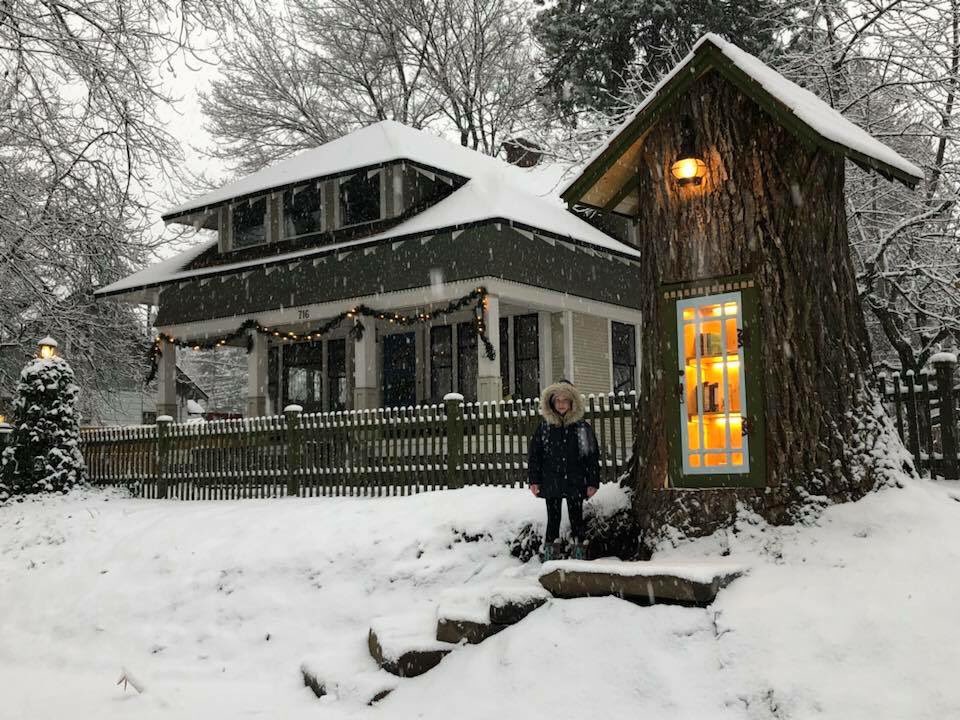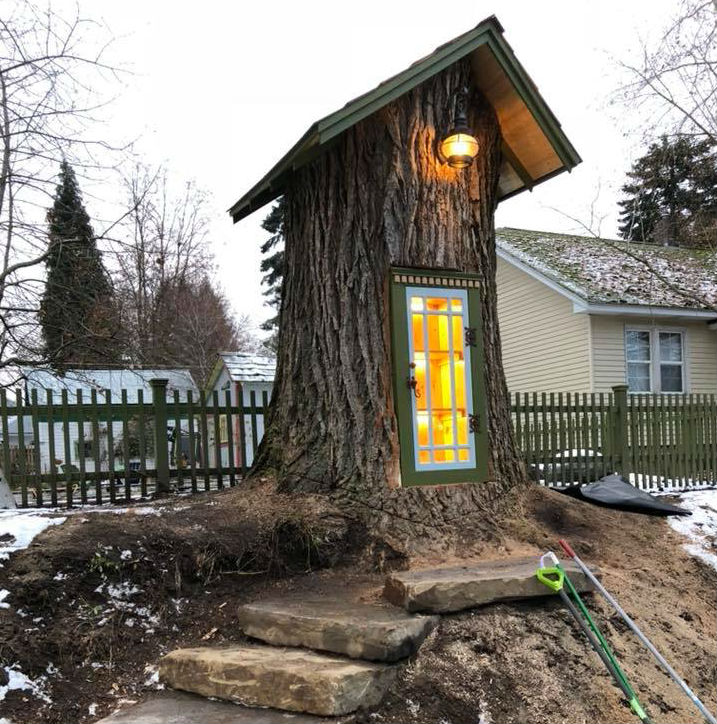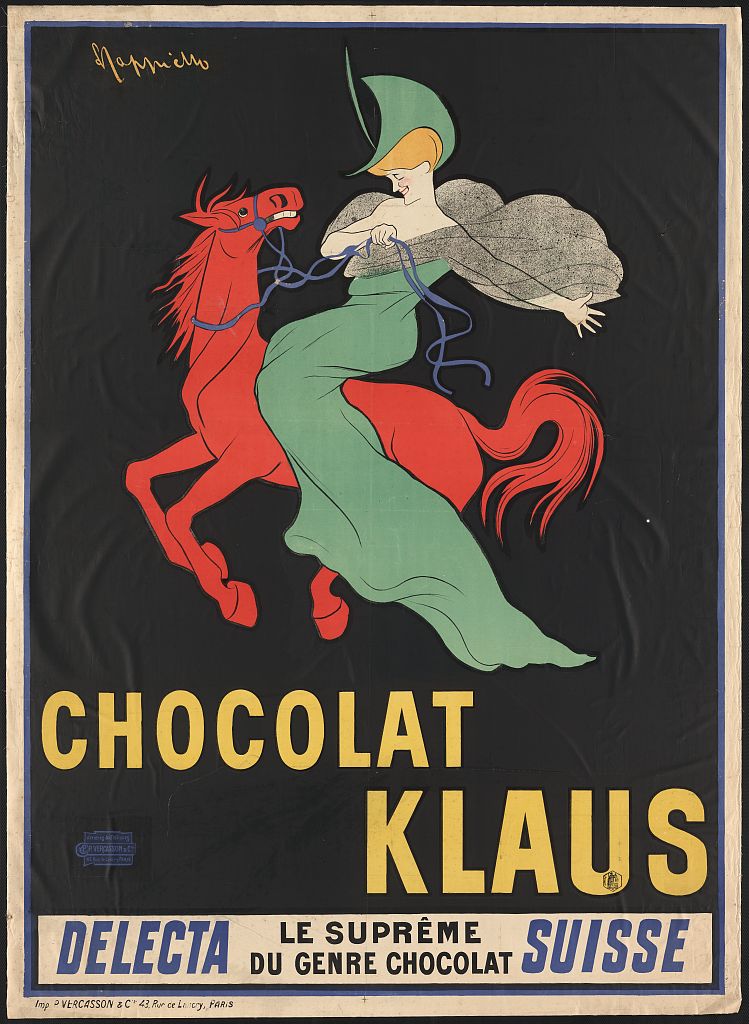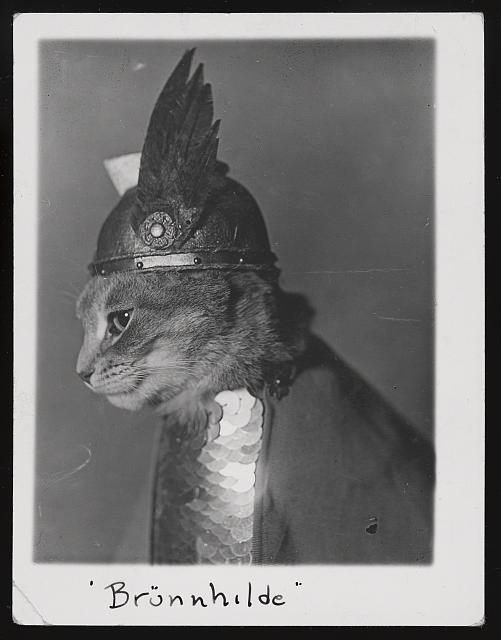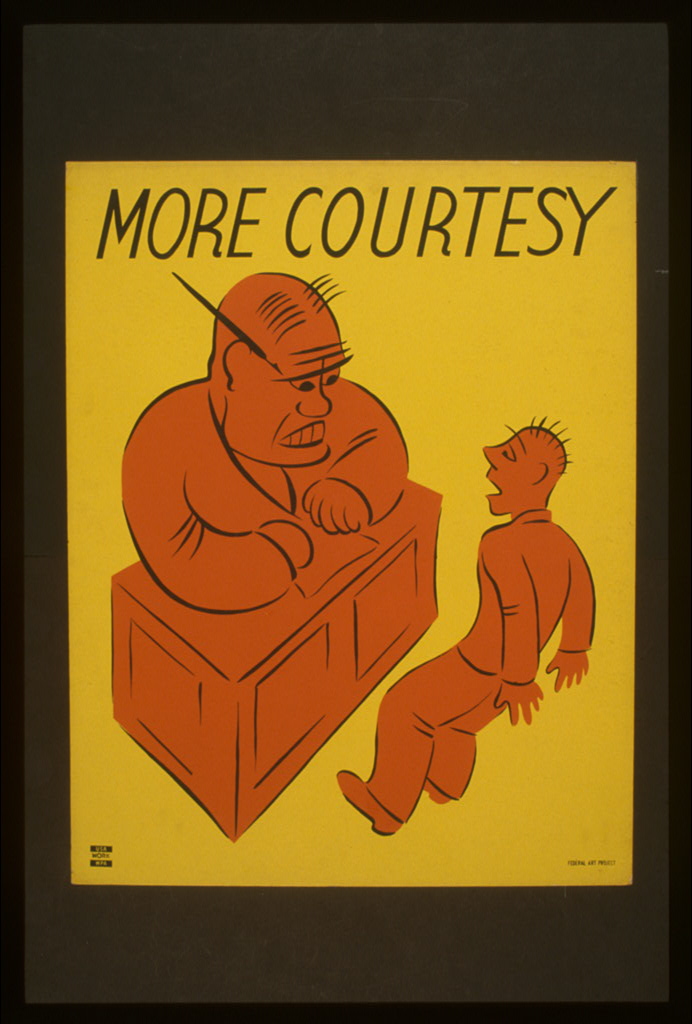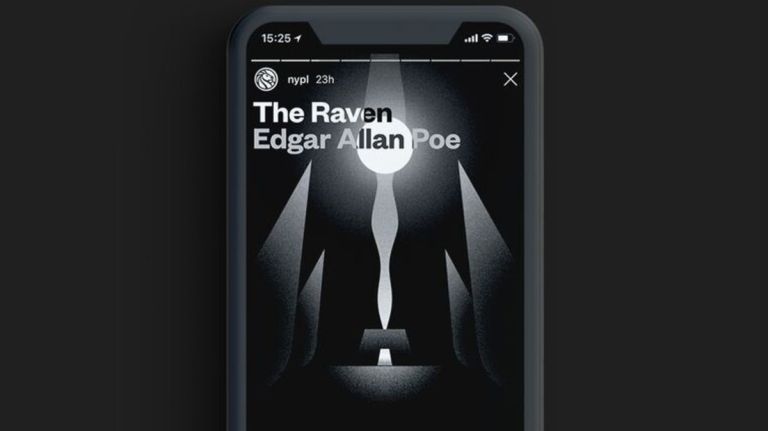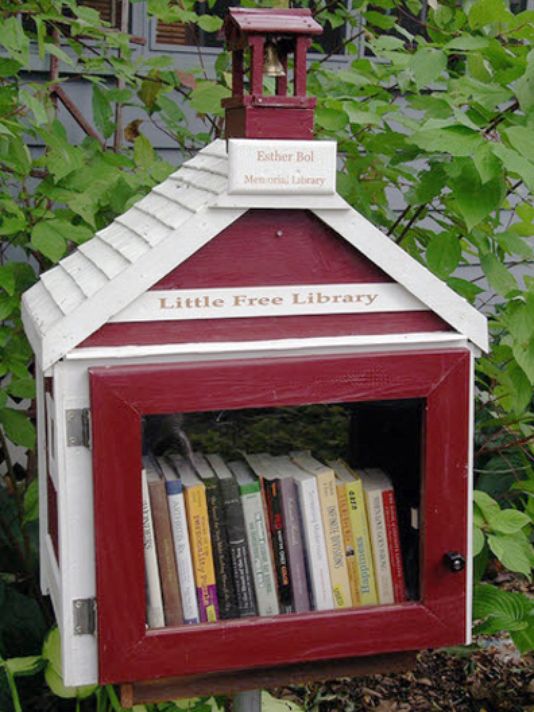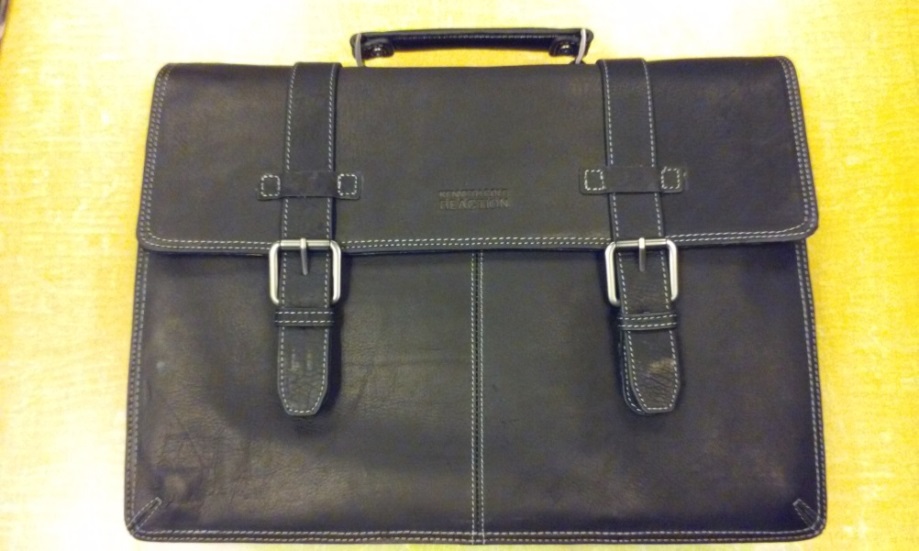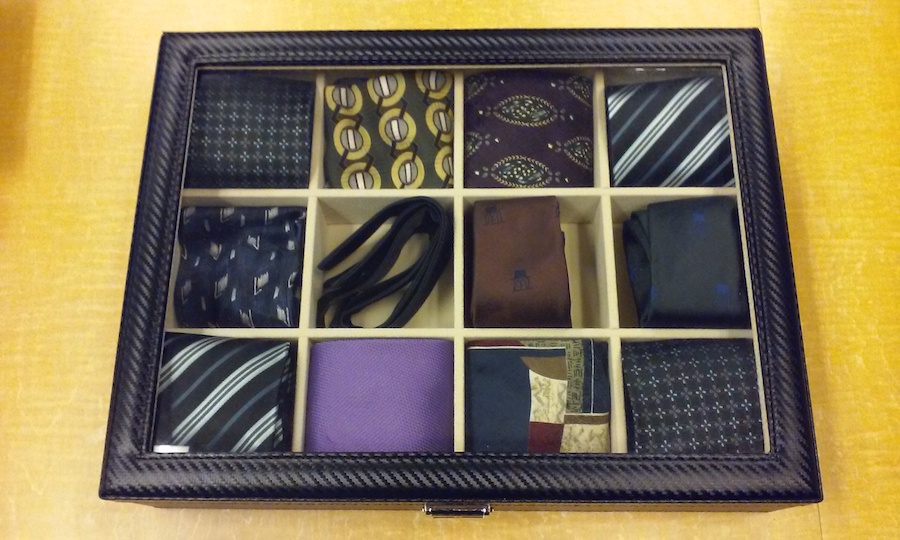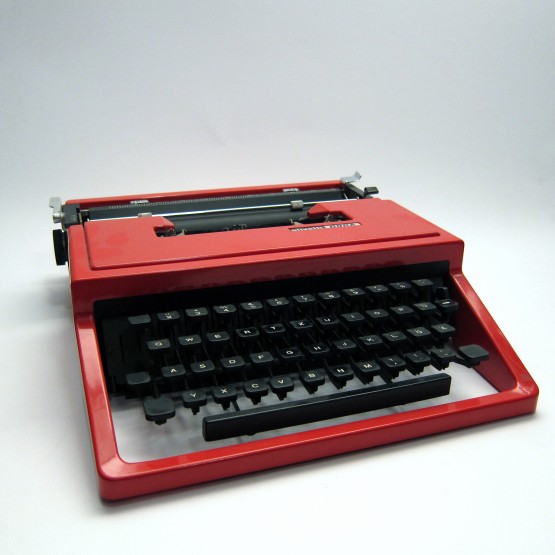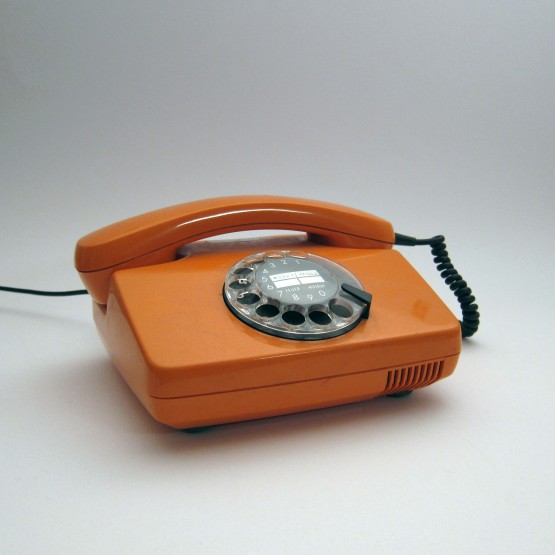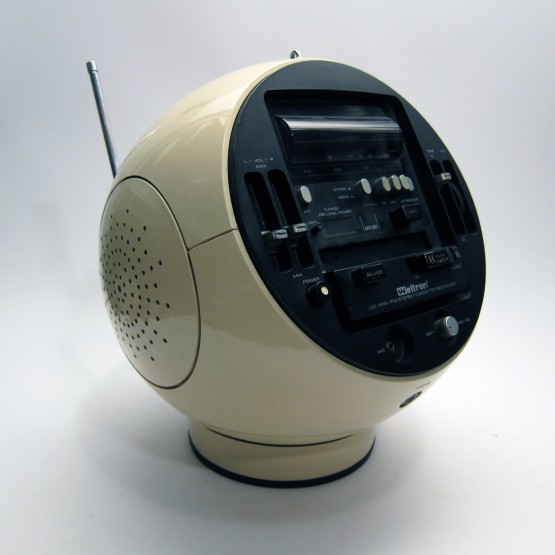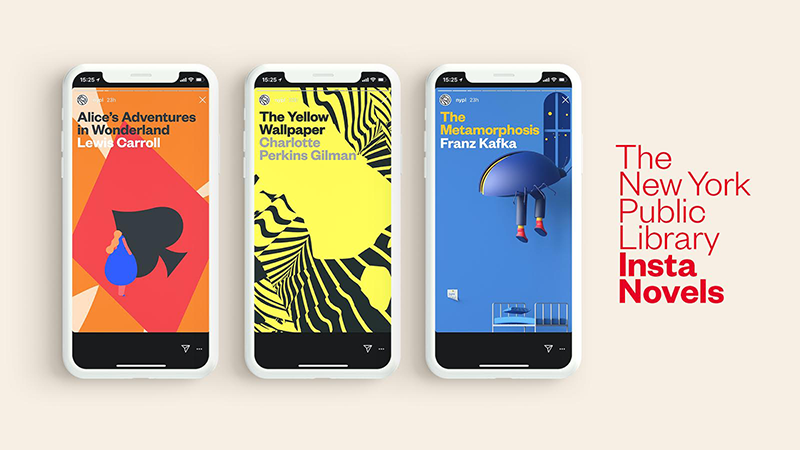Should intelligent life of some form or another still inhabit the planet in the year 6939, such beings might come upon an “800-pound tube of an alloy of copper and chromium called Cupaloy” that was buried 50 feet beneath what was once Queens. The first time capsule, lowered under the Westinghouse exhibit at the 1939 New York World’s Fair contains “35 items one might find in any run-of-the-mill Smith family household,” as Jinwoo Chong writes at Untapped Cities, “including copies of Life magazine, a Sears and Roebuck catalog, cigarettes and seeds of wheat, corn, alfalfa and soy.”
The Future Library, a time capsule-like project presently in the works, takes a very different approach to the concept. “A forest is growing in Norway,” explains an introductory video on creator Katie Paterson’s website. “In 100 years it will become an anthology of books.” The books that will be printed from 1,000 trees planted in Nordmarka, north of Oslo, will not, however, transmit mining and navigational instructions, but a full range of human emotion and personal experience. Or so we might assume. Unlike the 1939 time capsule, we’ll never know what’s inside them.
Scottish artist Paterson has planned a library of 100 creative works of fiction, non-fiction, and poetry—one manuscript submitted every year until 2114, when she intends them all to be printed in 3,000 copies each and read for the first time. Almost none of us will be there to witness the event, yet “the timescale is… not vast in cosmic terms,” she says. “It is beyond our current lifespans, but close enough to come face to face with it, to comprehend and relativize,” unlike the incomprehensible future of H.G. Wells’ The Time Machine or the far-off world for which Westinghouse designed their capsule.
Nonetheless, technological, and perhaps even evolutionary, change has increased exponentially in the past several decades, as have the possibilities for global extinction events. Margaret Atwood, the first author to submit an unpublished, unread manuscript to the Future Library in 2014, is characteristically less than sanguine about the existence of future readers for her manuscript, entitled Scribbler Moon. “It’s very optimistic to believe that there will still be people in 100 years,” she says in the short video above, and “that those people will still be reading.” Atwood imagines a near-future that may not even recognize our time.
Which words that we use today will be different, archaic, obsolete? Which new words will have entered the language? We don’t know what footnotes we will need. Will they have computers? Will they call them something else? What will they think smartphones are? Will that word still exist?
Writers for the project are chosen by the Future Library’s board of trustees. After the canny selection of Atwood, they chose the equally on-the-nose David Mitchell, author of Cloud Atlas, who calls the library “the Ark of Literature.” It is a strange ark, filled with animals few people living now will likely ever see. “The world’s most secretive library,” The Guardian calls it. In 2016, Icelandic novelist and poet Sjón submitted his mysterious text. The fourth work came from Turkish novelist Elif Shafak, who named the project “a secular act of faith.”
The latest writer chosen is Man Booker-winning South Korean novelist Han Kang, who described the Future Library as a literal expression of the writer’s thoughts on their duty to posterity: “I cannot survive 100 years from now, of course. No one who I love can survive, either. This relentless fact has made me reflect on the essential part of my life. Why do I write? Who am I talking to, when I write?” Did Jane Austen imagine her readers of 100 years later? Could she ever have imagined us?
Not only is the Future Library an act of literary faith, but it is an ecological one. “The next 96 years do not look promising for the seedlings,” writes Merve Emre at The New York Times, “which are more vulnerable than their ancestors to all manner of man-made disasters.” The project symbolically binds together the fates of the book and the trees, making “the physicality of culture palpable by insisting that we confront the long, laborious process of preserving language.”
In 2020, the collection of manuscripts will be moved to a “Silent Room” in Oslo, a “womb-shaped chamber facing the forest, lined with wood from its trees.” Visitors can come and venerate these secretive future relics in their ribbon-wrapped gray boxes. But their contents—should the ambitious endeavor go as planned—will remain as elusive as the shape of our collective future 100 years from now.
via NYTimes
Related Content:
What Books Could Be Used to Rebuild Civilization?: Lists by Brian Eno, Stewart Brand, Kevin Kelly & Other Forward-Thinking Minds
Bertrand Russell’s Advice to People Living 1,000 Years in the Future: “Love is Wise, Hatred is Foolish”
Aldous Huxley to George Orwell: My Hellish Vision of the Future is Better Than Yours (1949)
Josh Jones is a writer and musician based in Durham, NC. Follow him at @jdmagness
